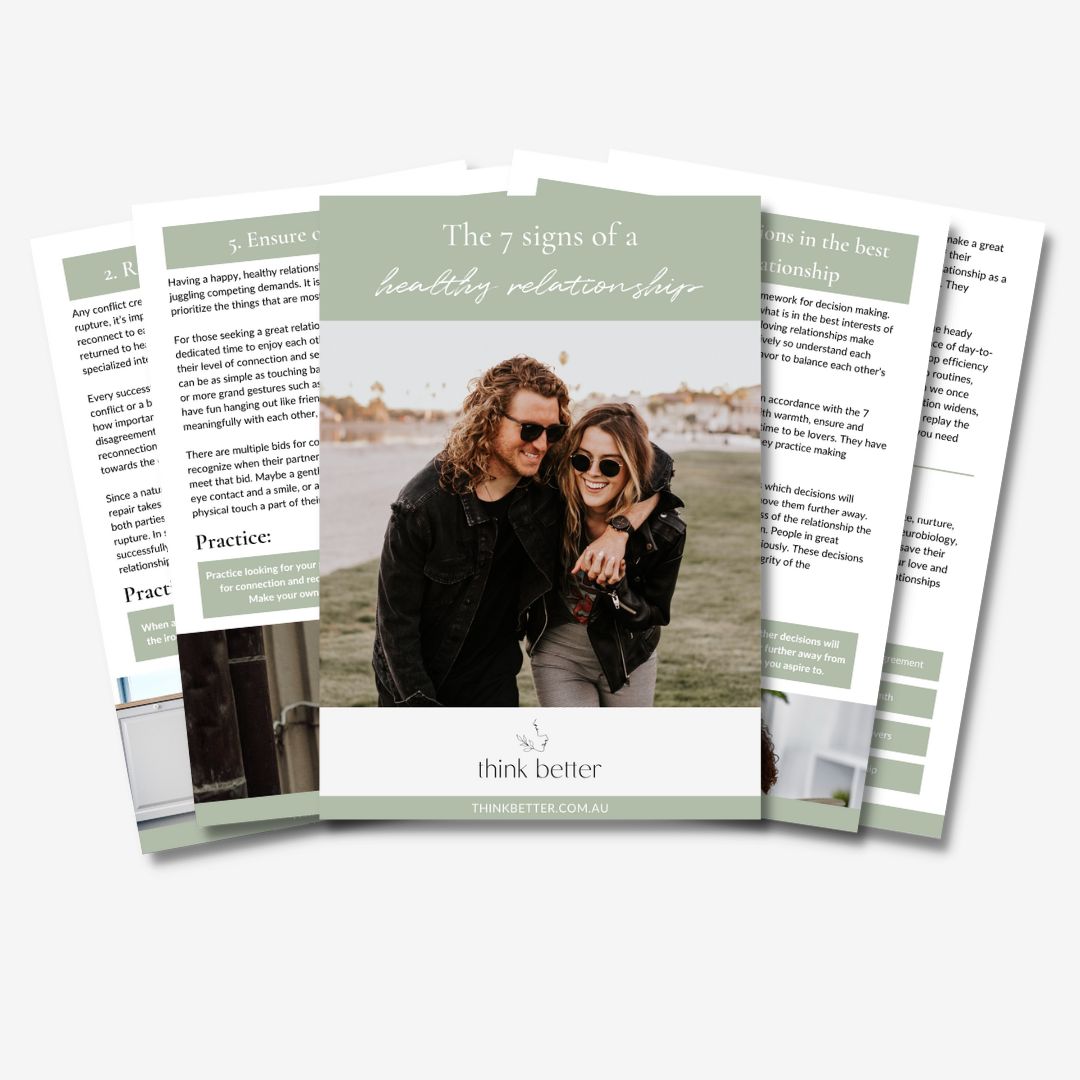Who am I? This is a deeply philosophical question that many of us have asked at some point in our lives. We tend to think of ourselves as one singular, solid entity. I am Amy. But who is Amy? Am I an amalgamation of the things that make me, me – my history, job, relationships, financial position, contribution to the world? Or am I a list of personal attributes and qualities that make me uniquely me? If you see and describe me differently to how I see me, who is right? Is there a singular, solid self that we can all agree on?
The reality of the situation is that no human being is made up of one single, solid self. Every one of us is composed of a multitude of different parts. Each part of you has arisen in response to your environment to fulfil a particular role. For example, there’s the part of you that takes over when you go to work. That part of you takes on the role of a professional. Perhaps your “professional” is conscientious, knowledgeable, respectful and contained. Perfect for the workplace, however you don’t want that part to be driving your behaviour when you go to a gathering with friends. For that, you need a part that can have fun, relax and let loose. You need a “party” part.
You will have parts that are not as desirable as your professional part, or your party part. There will be parts of you that are protector parts, parts that arise in conflict or in times of threat. A protector part is trying to protect you from whatever harm is about to befall you. It is a very important role. If you’re confronted by somebody who’s about to mug you, you need a part who is going to fight or run away. In that instance, you need your “protector”. But you probably don’t want that part to come out when you’re having a disagreement with someone you love. Then you need an assertive and reasonable part to take over to get a better result.
In each situation that you face in your daily life, there is a part of you that is the right part for the job. When the right part is active at the right time you feel capable and in control. When you go to work, you want your “professional” part to be active. You don’t want your “party” part to be turning up at work, wreaking havoc. Similarly, you don’t want your “romantic” part to be doing your grocery shopping. If the wrong part takes over at the wrong time, you will experience less than desirable results. Consider when your “couch potato” part takes over when you know you should be exercising.
Sometimes there will be different parts of you in conflict, creating inner turmoil. When this is the case you will generally feel confused, unsettled and find it hard to make a decision. You may find yourself saying something like, “Part of me wants to do it and another part of me is not sure.” Until you can fully access, hear, and validate both parts, you will generally find it difficult to come to a decision. Our different parts are there for a reason and they all feel like they are working in our best interest. Every part has something unique to offer.
We each have both desirable and less than desirable parts. You will have parts that you’re proud of, and that you like. When you are calm and safe, these more desirable parts are free to come to the fore. When you are feeling threatened, or unsafe (even if it’s only a perception of unsafe) your more fierce protector parts seek to protect you. You must come to know your parts to be able to soothe and manage them. If you can understand how they function, you can help them to strengthen or tone it down and to come out when it’s most appropriate.
In order to know who you truly are you need to understand yourself in all your complexity. All of the wonderful, boring, defensive, exciting, scared, beautiful, wise and messy parts of you. Because the more you get to know and understand the different parts of yourself, the more you can own who you truly are.
So who are you? You are a collection of all of your parts, your most positive parts that you are proud to own and those parts of you that you wish you didn’t have. You are uniquely you and all of the parts of you are trying to help in some way. Get to know the different parts of yourself. Seek to understand when they are most likely to come out, so that you can help them to come out in the most appropriate circumstances. When you fully understand and own all the parts of yourself you will unlock more control, greater self-acceptance and more ease.




0 Comments